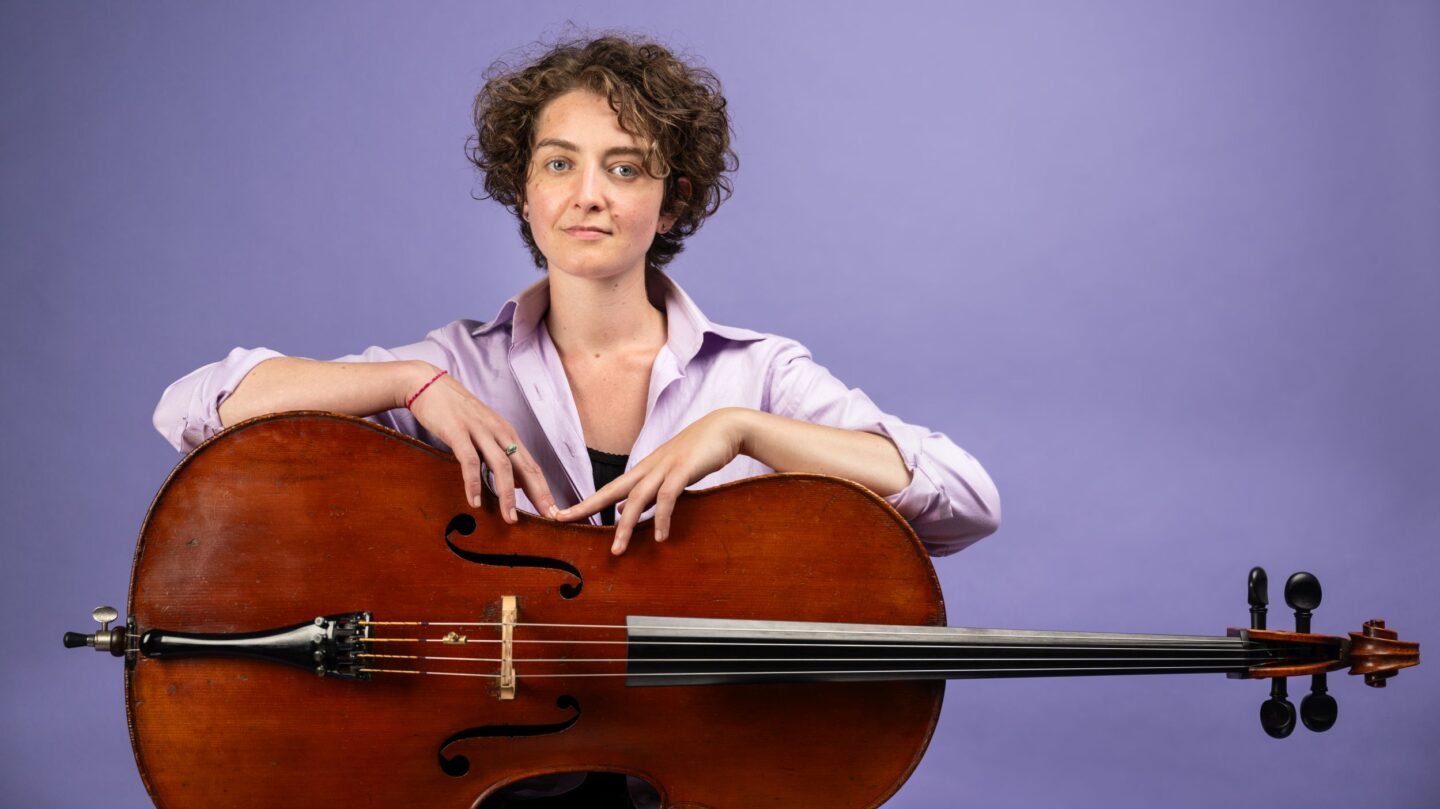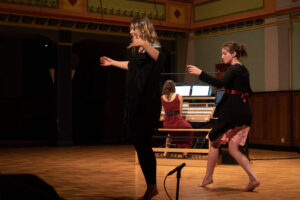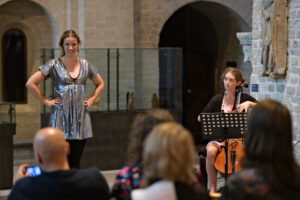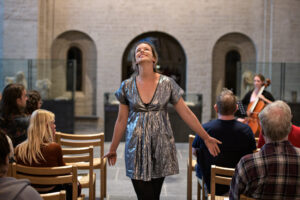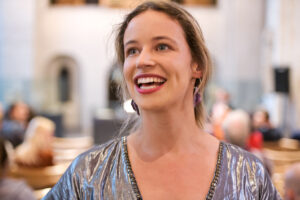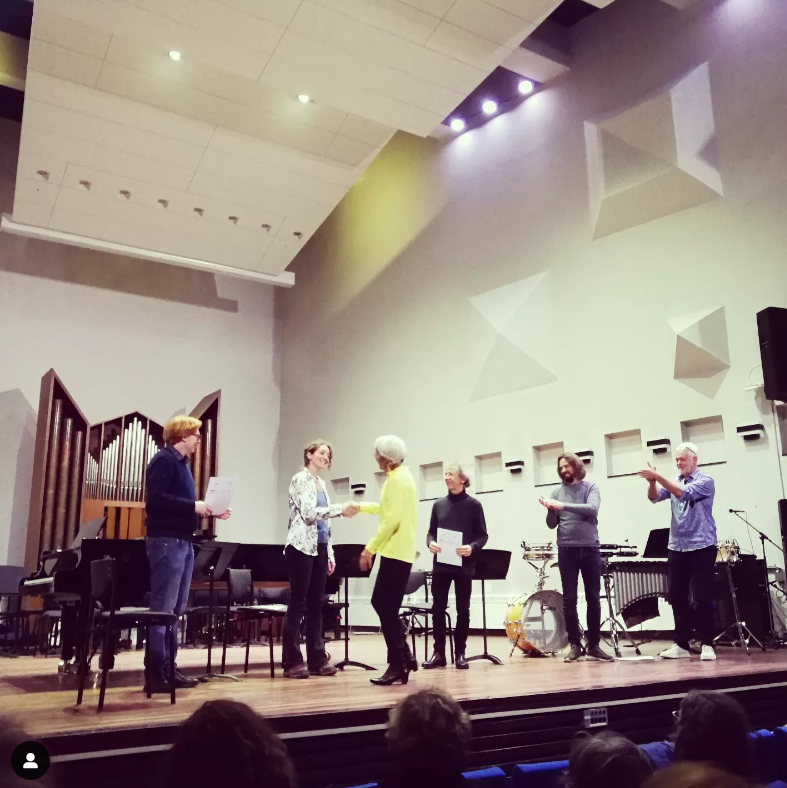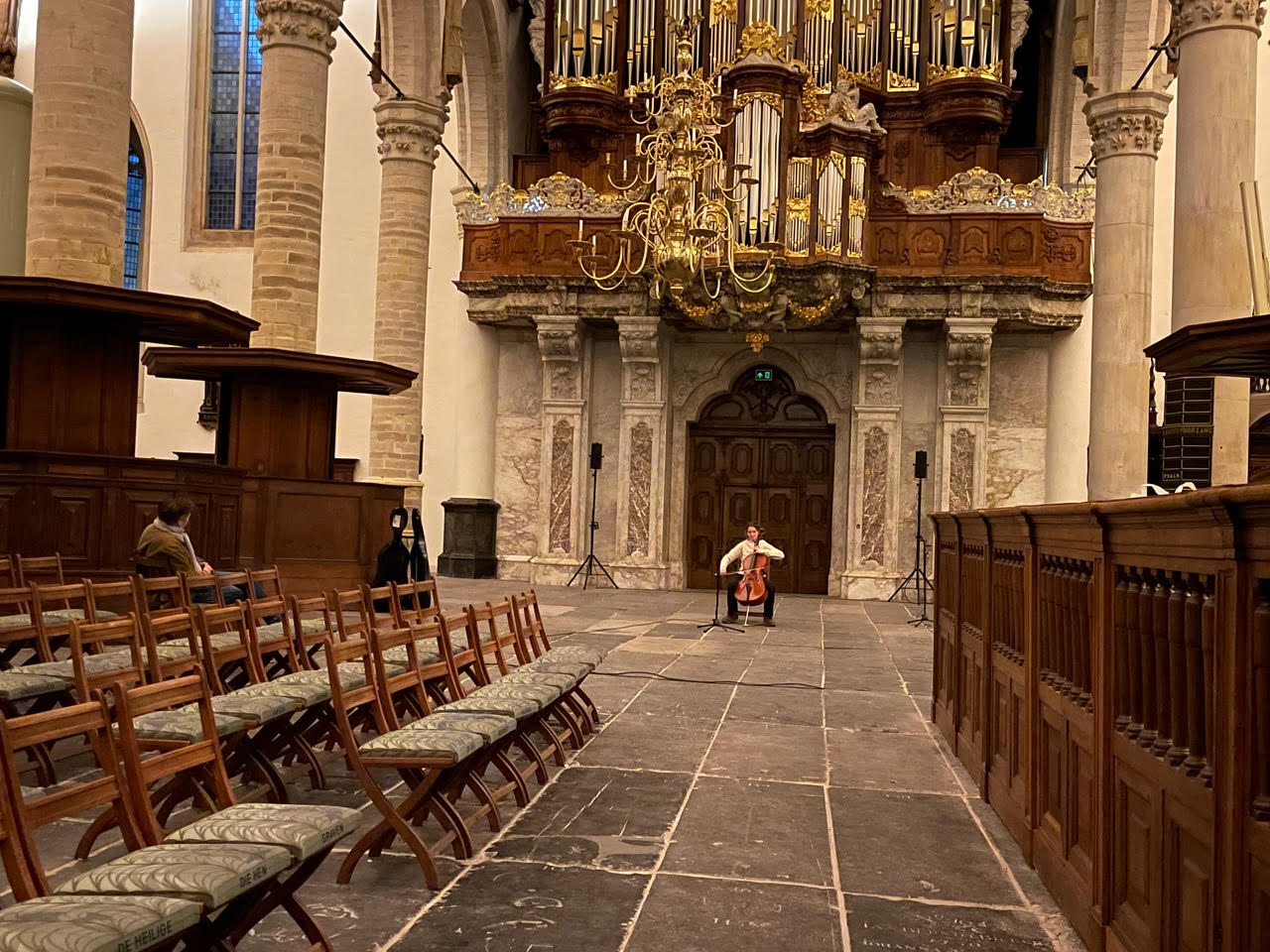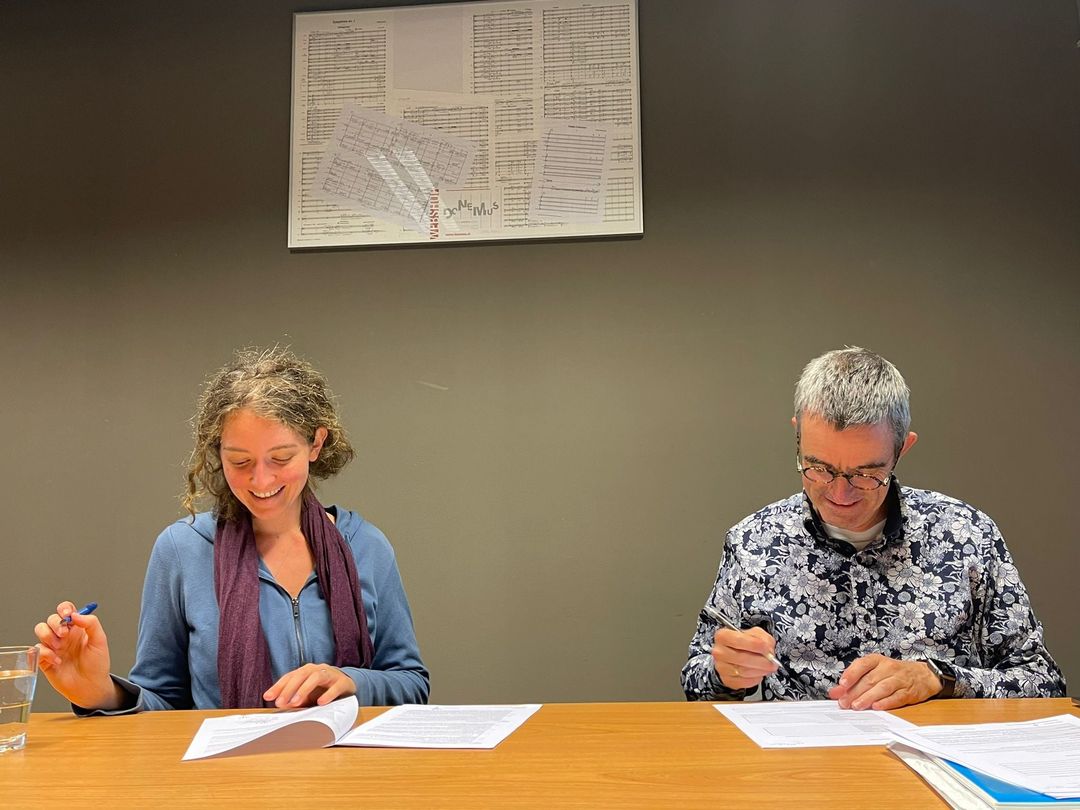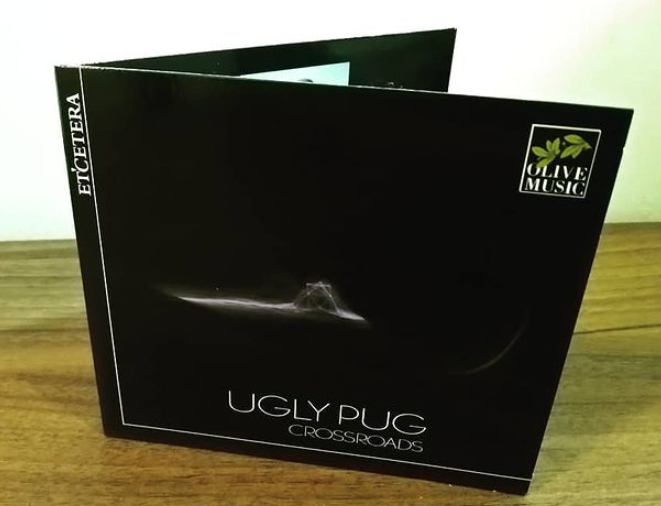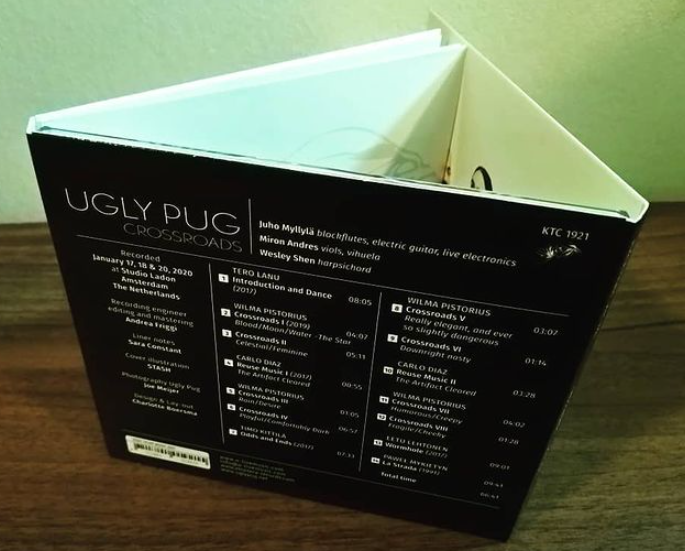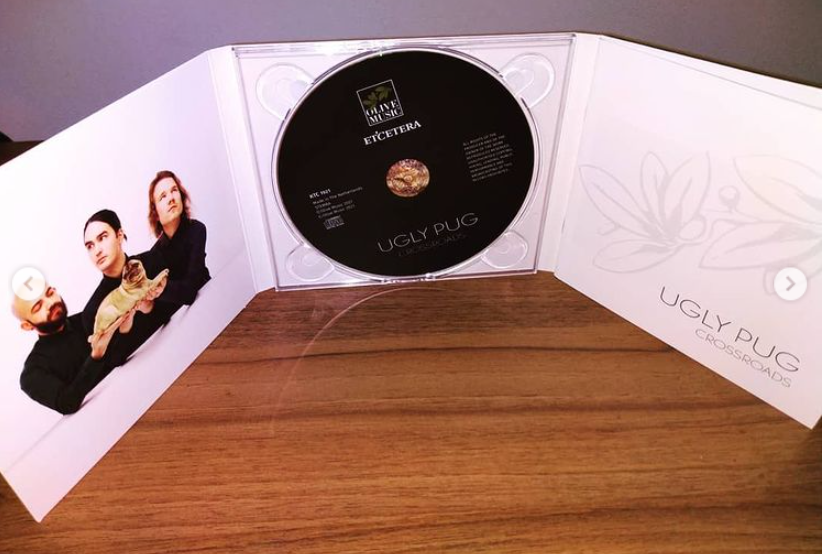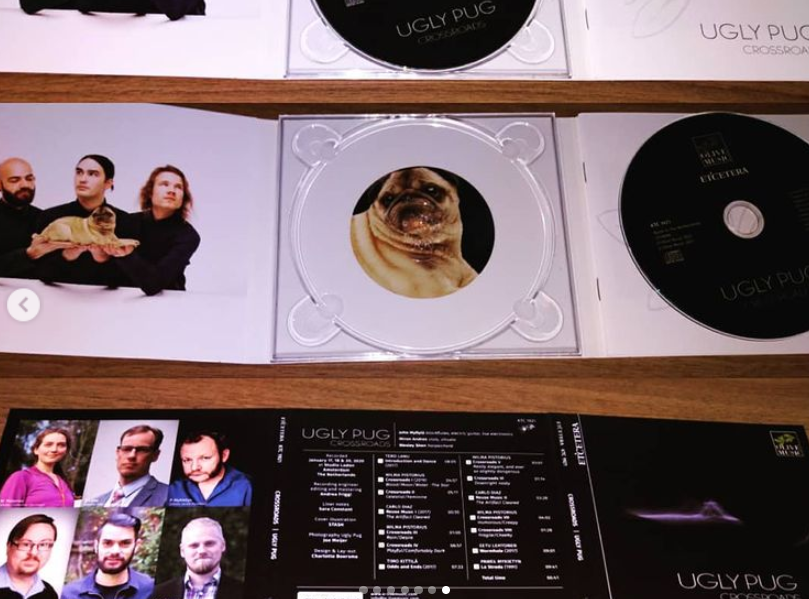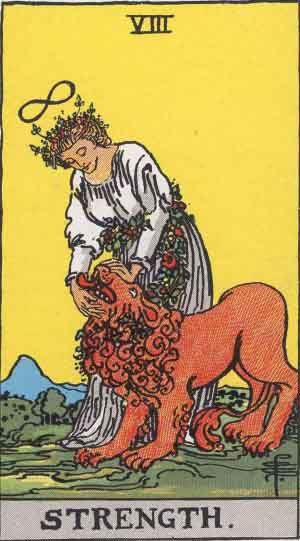‘Play/Space’ is a new piece (ca 30′) for recorders and panflutes, performed by Juho Myllylä and Mariana Preda. It combines composed material with improvisations, and involves the audience in an interactive performance.
For me, writing music is a way of sharing positivity and inspiration with others, of communicating something from one human being to another. I would describe my music as “serious, but with a wink”. Serious, because it comes from a personal and authentic place and reflects larger philosophical questions. At the same time, I want to present these things in a playful way, and invite the audience to relate to my music in a personal way, hence the “wink”.
With ‘Play/Space’, I want to create space for creativity and spontaneity. I want to create a situation in which the musicians can interact with my (composed) material. This meant including free parts and improvisation. I also want to involve the audience by giving them a more active role in the performance. I’ve noticed that audiences don’t always know how to listen to contemporary music, and sometimes experience it as impenetrable. By making the concert interactive and literally enabling them to influence the music (or watch others do so), I want to give my audience a more concrete and hands-on experience of contemporary music, and make it something they can relate to. As a cello teacher, I enjoy taking a didactic approach to musical challenges, and involving the audience in ‘Play/Space’ is exactly this: a way of showing people how they can listen to new music.
In order to get a better idea of how I could incorporate improvisation into a composed piece, I had a closer look at some of Frank Zappa’s work. Zappa said that his solos were all about making a composition in “real-time”, where the structure is determined in advance, so he could let himself be surprised by his inspiration in the moment of performance. He would record improvised solos during live performances, and use these on composed studio albums. By analysing some of the transcriptions of Zappa’s solos (made by Steve Vai in ‘The Frank Zappa Guitar Book’), I got an idea of how Zappa built up his solos, and how he combined composed and improvised material.
Medieval music was another source of information and inspiration for the more freely notated parts of ‘Play/Space’. In Medieval music, playing together is approached in a more horizontal and less precise way than in our music today. Studying some examples of Medieval music notation gave me ideas for how I could structure and notate more aleatoric parts of the piece.
‘Play/Space’ has different kinds of sections: composed, aleatoric, and improvised. The composed parts are written and performed in the traditional way, where the musicians simply play my notes. In other parts the notation is freer, and I give the musicians some material to play around with. The piece climaxes in a large improvised section, where I sketch the outlines and provide minimal material for the musicians to interact with. The piece concludes with composed material, where I tie all the differently coloured strings together and weave them into an ending.
Besides improvisations, the ‘Play/Space’ also has interactive parts where the audience can influence the music. Listeners can affect three different parameters: the character, the tempo, and the instrumentation. By holding up signs, audience members can determine whether the mood is mischievous, sensual, or contemplative. Others can determine who’s playing: only the recorder, only the panflute, or both. A third group can set the tempo on an old-fashioned mechanical metronome. In the beginning of the piece, one kind of influence is active at a time, and later on these are layered on top of each other, creating a climax of surprises. We are also doing a livestream, in which the online audience can influence the music through a chatbox.
Although I have used audience participation in previous pieces, this extensive set-up is new for me. I enjoy working with such adventurous musicians as Juho Myllylä and Mariana Preda, who were eager to experiment with me from an early stage in my creative process. The première was a lot of fun, and I was pleased to notice that there was a more informal atmosphere in the audience, and audience members who were simply watching and listening also seemed to feel more involved in the music. Of course, a free and experimental set-up like this requires tight playing, and Preda and Myllylä do a fantastic job of reacting to the audience, and of playing the virtuoso passages I wrote them.
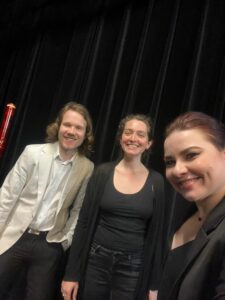
To contrast with the wild and exciting ride of an interactive performance, I decided to publish a selection of solos from ‘Play/Space’, to give the purely musical material the attention it deserves. These are notated in the traditional way, and require no external input: simply a musician and an instrument. These will appear under the title ‘Spectrum’ as Open Score solos, playable by any instrument.
Throughout the rehearsal period, I’ve been making short video’s about the creative process behind ‘Play/Space’ and my collaboration with the musicians. You can check these out on my Instagram: https://www.instagram.com/wilma_pistorius/?hl=en
